How to Increase Hemoglobin: 10 Iron-Rich Foods That You Should Eat Daily
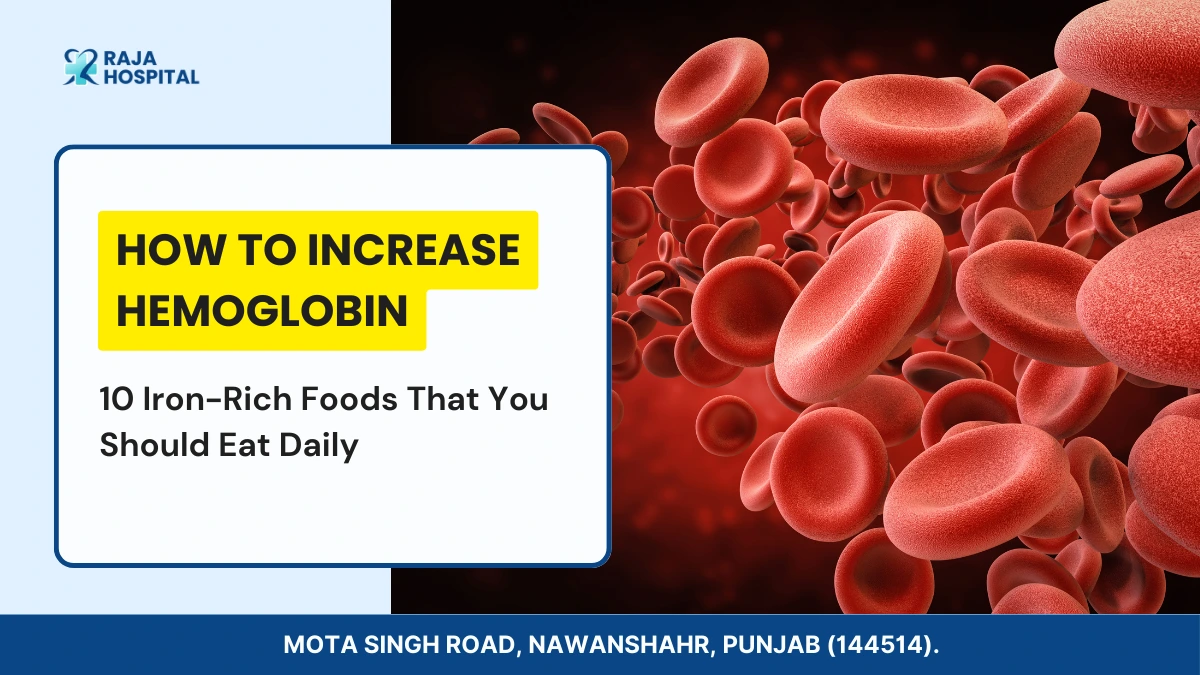
REVIEWED BY DR. SHOKET ALI (MD MEDICINE) on 11th April 2024.
Have you ever felt tired or dizzy for no apparent reason? Well, it could be linked to your hemoglobin levels. Because it transfers oxygen to every body part, hemoglobin is like the superhero in your blood. And guess what? Iron is the sidekick your superhero hemoglobin needs to function at its best!
So, if you’re looking to boost your hemoglobin and keep that energy flowing, you’re in the right place. Don’t worry, we’re not discussing boring supplements or difficult diet plans. We have a delicious remedy for you! Now let’s explore ten tasty foods high in iron that you can effortlessly include into your everyday routine. Prepare to increase your hemoglobin levels and experience greater energy than ever.
What is Hemoglobin?
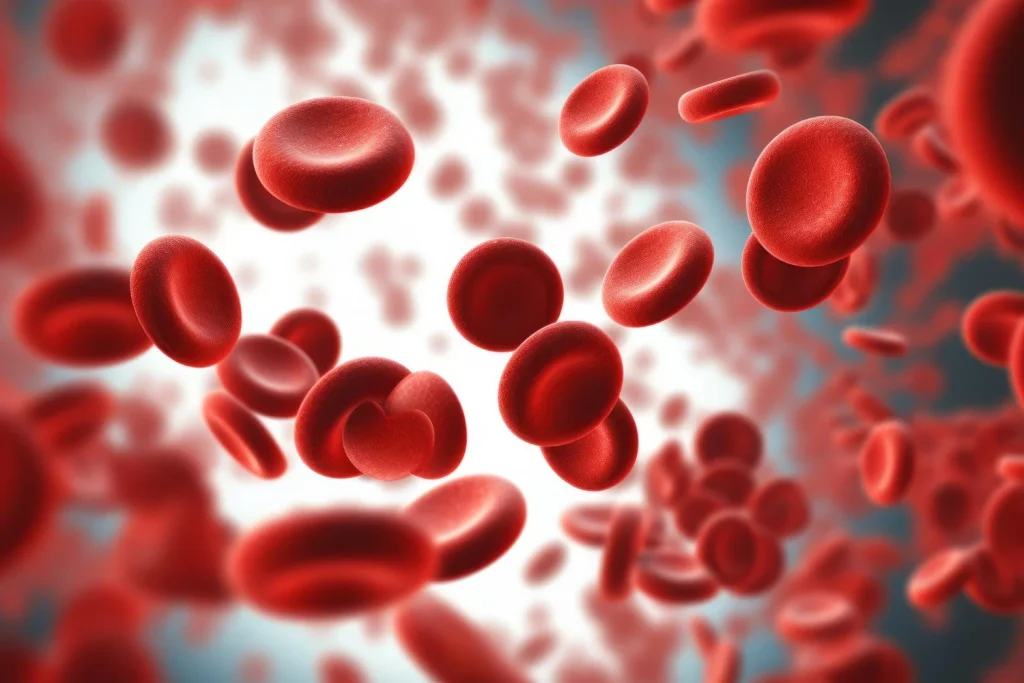
Hemoglobin is a vital component in our blood that plays a crucial role in transporting oxygen from the lungs to the rest of the body and returning carbon dioxide to the lungs for exhalation. It is a protein that gives blood its red color and is present in red blood cells. The way that hemoglobin is structured enables it to attach to oxygen in the lungs and create oxyhemoglobin, a complex that is eventually carried by the blood.
Additionally, hemoglobin helps move the waste from metabolism—carbon dioxide—back to the lungs for expiration by eliminating it from tissues. By using this procedure, it is made sure that every cell gets the oxygen it needs to function correctly and be healthy overall.
How Does Hemoglobin Function in the Human Body?
The function of hemoglobin in our bodies is essential for our survival. It delivers oxygen into tissues and organs, supplying the necessary oxygen for cells to perform their diverse tasks.
It has two main functions:
- Oxygen transportation: When you breathe in, oxygen travels through your lungs and attaches itself to the hemoglobin found in red blood cells. After traveling via your bloodstream to your tissues and organs, hemoglobin releases oxygen, which is used later to generate energy.
- Removing carbon dioxide: Your cells generate carbon dioxide as a waste product when they use oxygen. When you exhale, carbon dioxide is released from your lungs by hemoglobin, which has taken up the gas from your tissues.
Simply put, hemoglobin functions as a little taxi that transports carbon dioxide from your cells back to your lungs after picking up oxygen from your lungs and delivering it to your cells. Your body wouldn’t be able to remove the toxic carbon dioxide and obtain the oxygen it needs to function without hemoglobin.
What are the levels of Hemoglobin?
Variations in hemoglobin levels can be caused by age, sex, and state of health. Additionally, normal ranges may vary slightly between laboratories. In grams per deciliter (g/dL), the following general recommendations apply to hemoglobin levels:
- Male Adults: 13.8 to 17.2 g/dL
- Female Adults: 12.1 to 15.1 g/dL
- Children (1-2 Years): 10.5–13.5 g/dL
- Children (2–6 Years): 11.5–13.5 g/dL
- Children (6–18 Years): 12.5–14.0 g/dL
- Females that are pregnant: 11.0–15.1 g/dL
It’s important to note that these values are general guidelines, and individual variations may occur. Abnormal hemoglobin levels can indicate various health conditions, such as anemia or polycythemia, and interpretation should be done in consultation with a healthcare professional.
What if the Results are Abnormal?
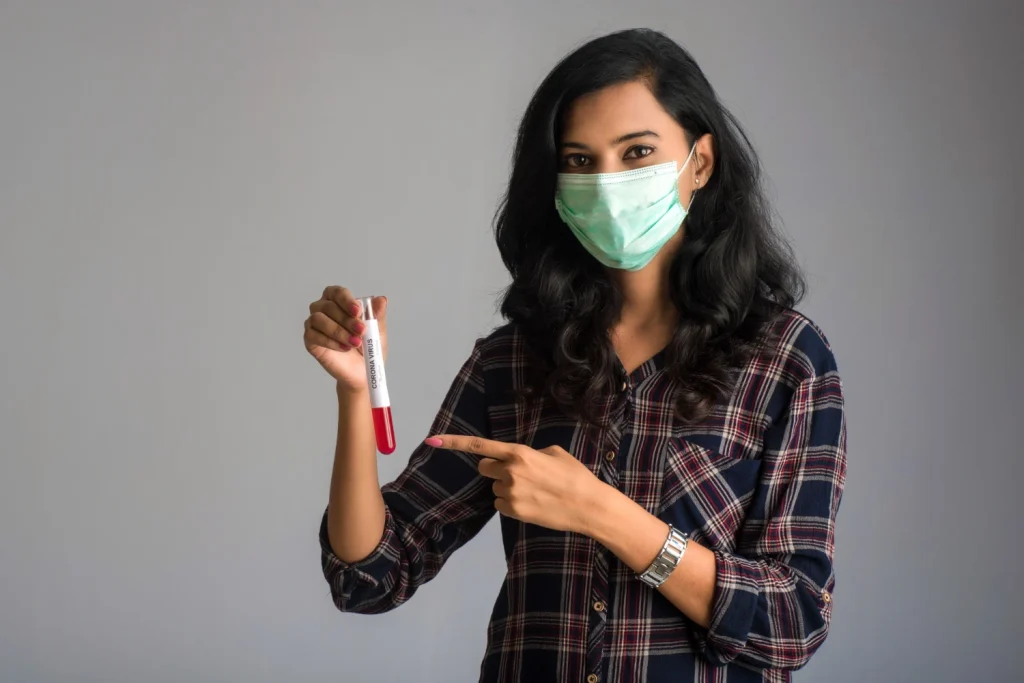
It’s crucial to remember that abnormal hemoglobin levels by themselves might not be able to definitively diagnose a condition; additional testing and assessment are typically required to identify the underlying cause of the aberration.
Low levels of hemoglobin could result from:
- Anemia
- Bleeding
- Bone marrow issues (cancers, drug toxicity, radiation, infection)
- Chronic illness
- Chronic kidney disease
- Destruction of red blood cells (hemolysis)
- Leukemia
- Malnutrition
- Deficiency in iron, folate, vitamin B12, and vitamin B6
- Excess water in the body
High levels of hemoglobin could result from:
Typically caused by low oxygen levels in the blood over a long period.
- Bone marrow disease (polycythemia vera)
- Congenital heart disease
- Exposure to high altitudes
- Right-sided heart failure
- Low blood oxygen levels
- Lung scarring or thickening
- Dehydration
You must speak with a healthcare provider if your hemoglobin results are abnormal. They may evaluate your general health, take into account your medical history, and, if required, perform more tests. The real cause for the abnormal hemoglobin levels will decide the course of treatment.
Symptoms of Low Hemoglobin
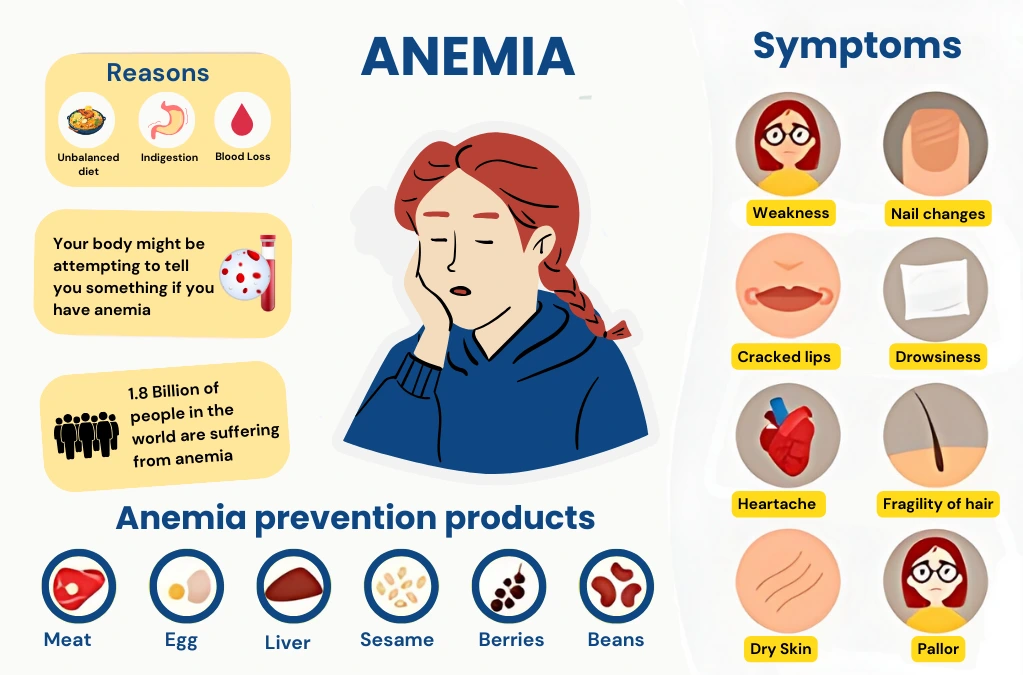
Your body might be attempting to tell you something if you have anemia or low hemoglobin. You may observe the following:
- Fatigue: Feeling more tired than usual, even after a good night’s sleep.
- Weakness: A noticeable lack of strength or energy in your muscles.
- Pale Skin: Your complexion might appear paler than usual.
- Shortness of Breath: Getting winded more easily, especially during physical activity.
- Dizziness or Lightheadedness: Feeling a bit woozy or unsteady.
- Headache: Persistent headaches, which can be a sign of decreased oxygen flow to the brain.
- Cold Hands and Feet: Poor circulation due to lower hemoglobin levels can make extremities feel chilly.
- Irregular Heartbeat: Anemia can sometimes lead to an irregular or rapid heartbeat.
- Cognitive Issues: Difficulty concentrating or thinking clearly.
Remember that these symptoms might not always be caused by low hemoglobin and that their severity can vary, but it’s a good idea to speak with a healthcare provider if you’re experiencing multiple of them. They may suggest the best course of action and assist in determining the problem.
10 Hemoglobin-Rich Foods That You Should Eat
We’ve rounded up a list of 10 delicious and nutritious foods packed with hemoglobin-boosting goodness. Say goodbye to fatigue and hello to vitality with these fantastic additions to your plate!
| Food Items | Iron per 100g | Can Intake |
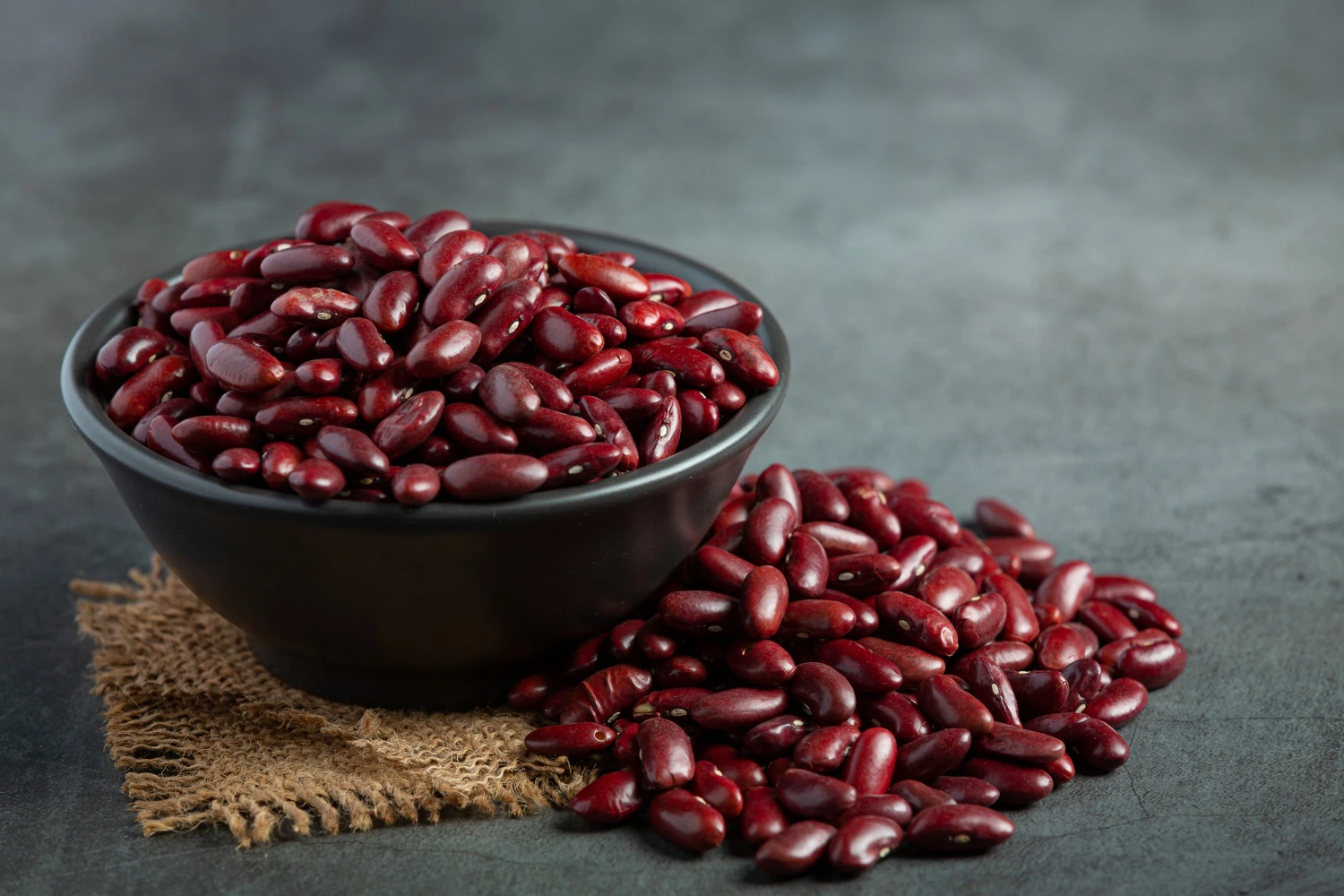 Rajma (Kidney Beans) | 7.6 mg Iron per 100 g | Vegetables, salad, and pulses |
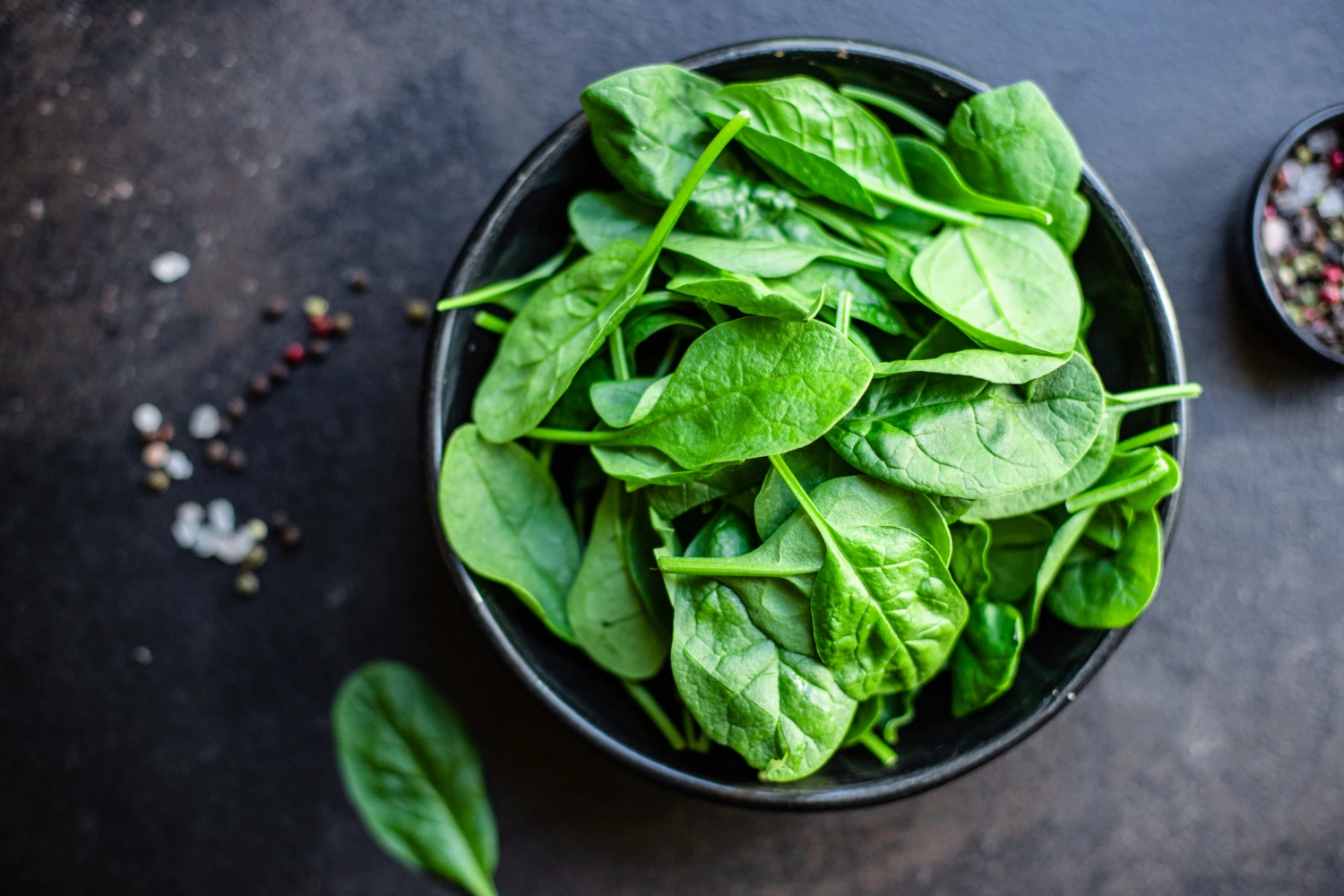 Spinach (Palak) | 2.7 mg Iron per 100 g | Vegetable and Salad |
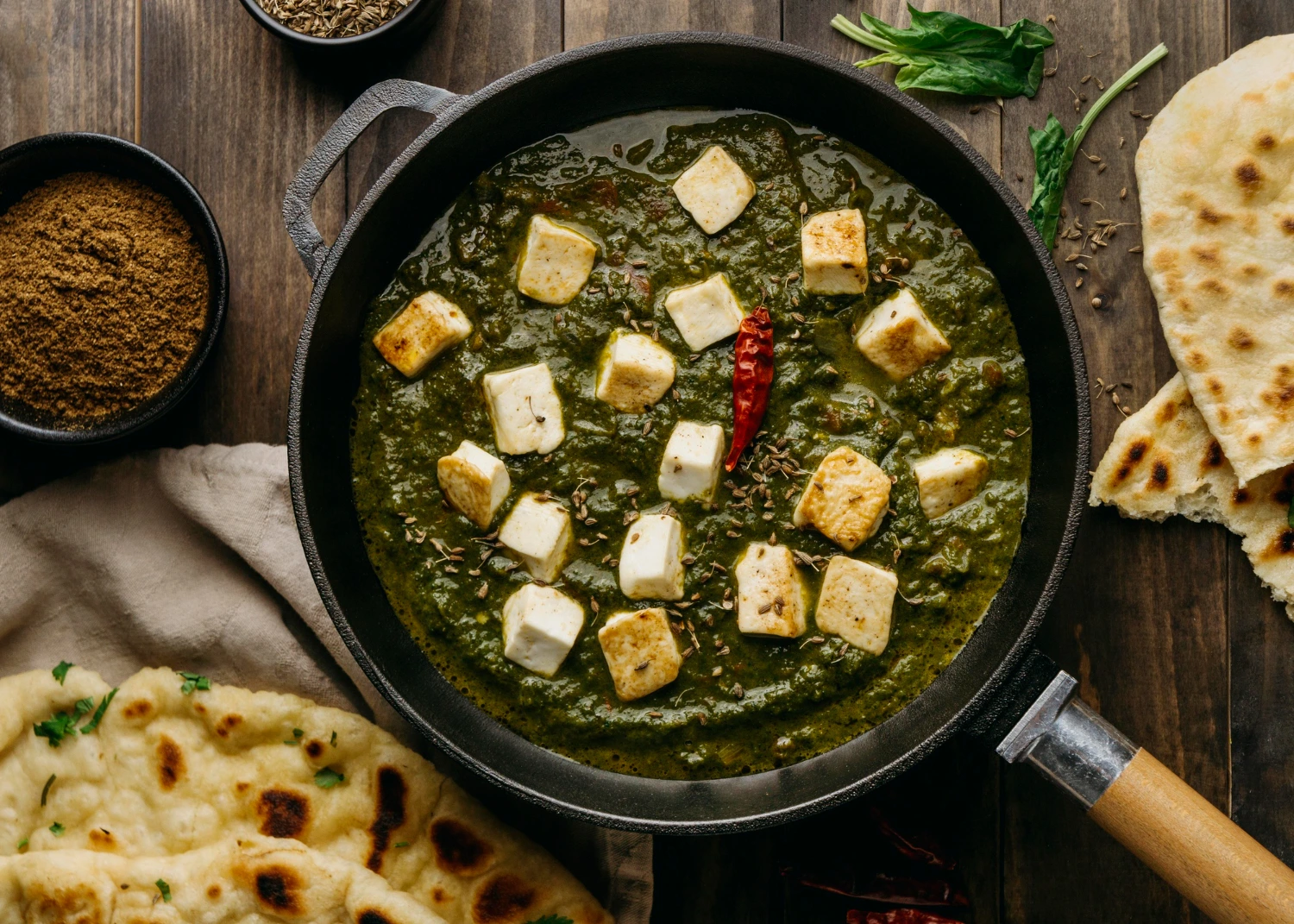 Sarson ka Saag (Mustard Greens) | 2.9 mg Iron per 100 g | Vegetable |
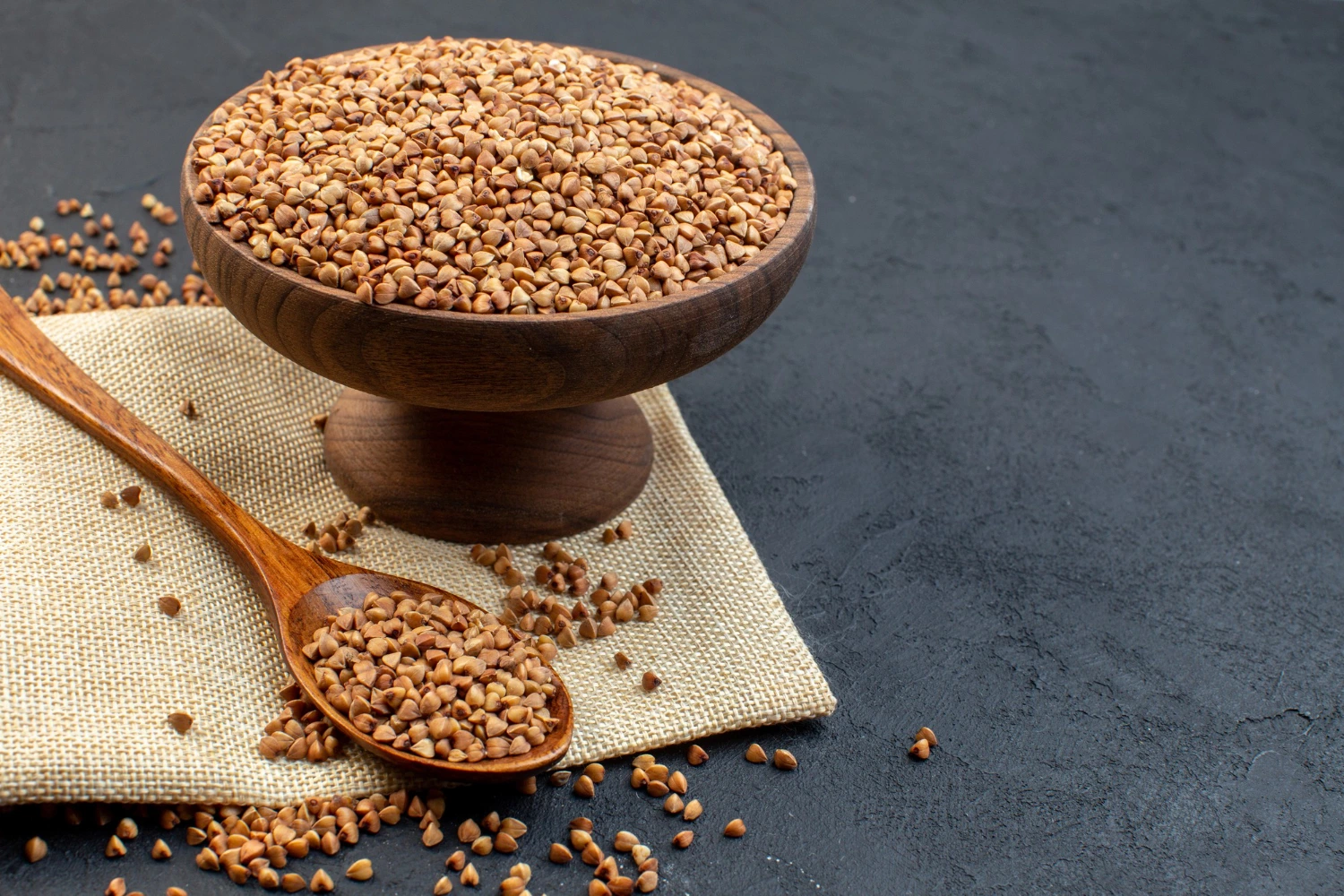 Bajra (Pearl Millet) | 3.7 mg Iron per 100g | Wholesome rotis or Comforting porridge |
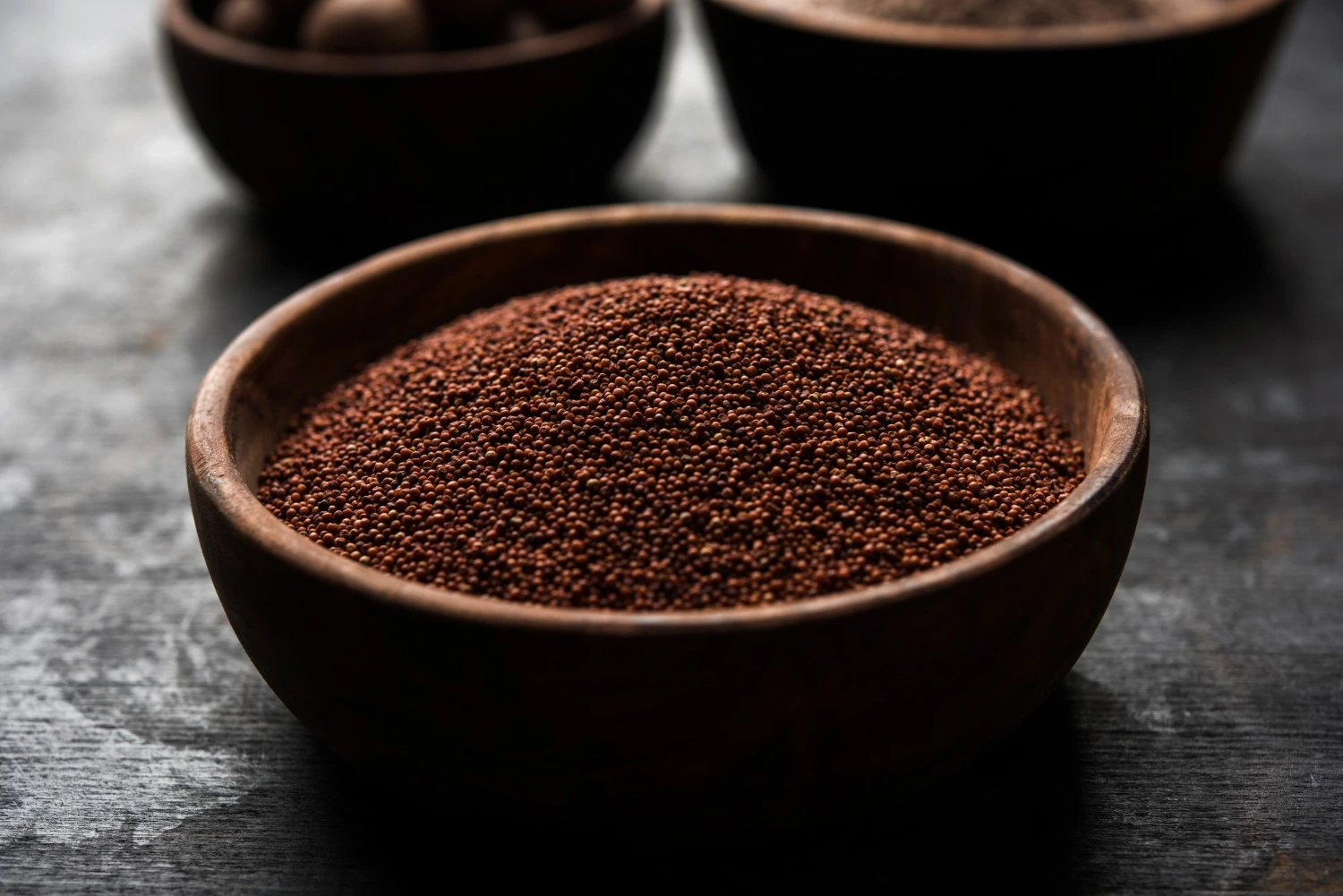 Ragi (Finger Millet) | 3.4 mg Iron per 100g | Roti, Dosa, Ladoo, Soup and Upma |
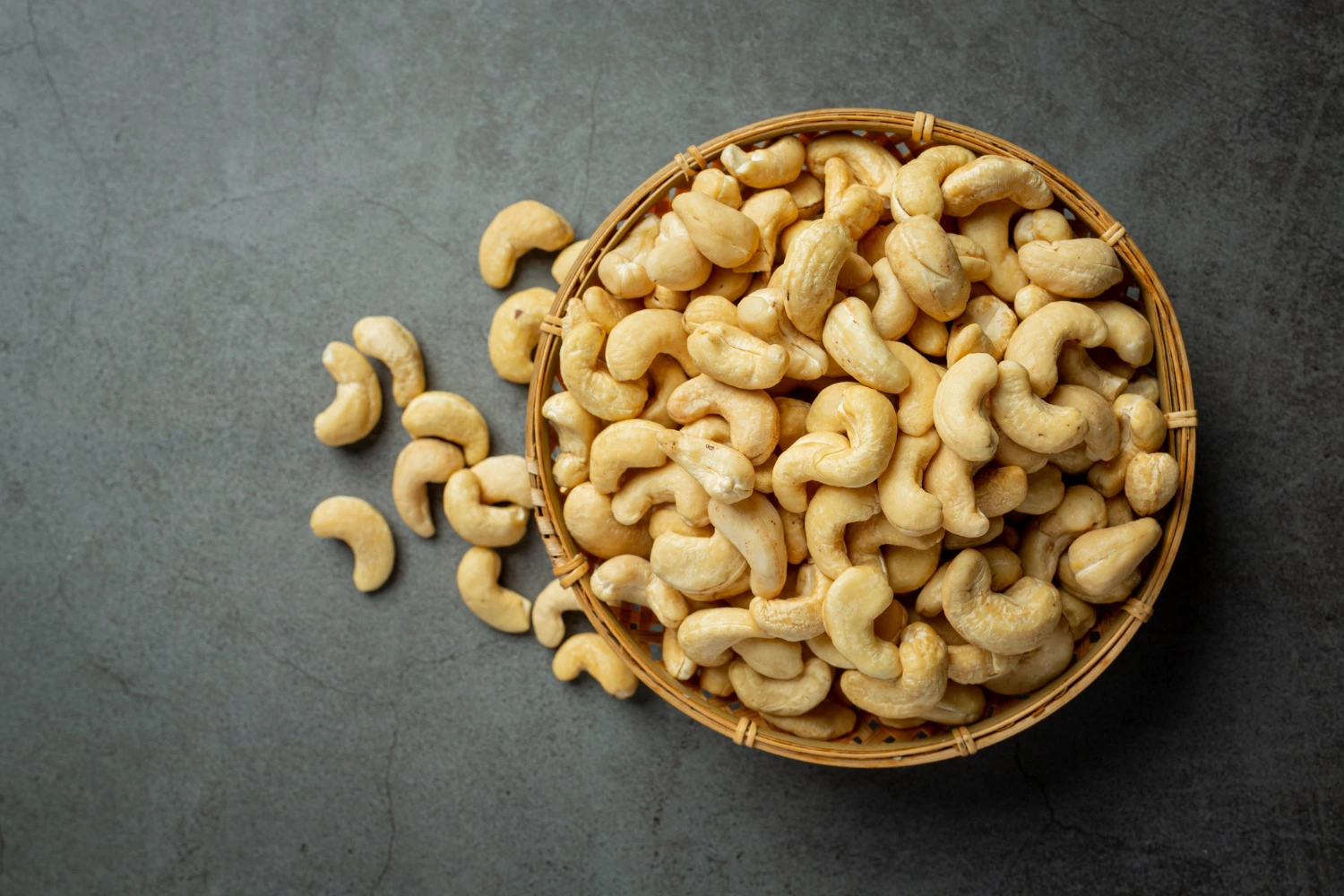 Cashews(Kaju) | 2.2 mg Iron per 100g | Dry roasted or Raw, In Smoothies, Salad, and also in the form of Mithai |
 Pumpkin Seeds | 4.2 mg Iron per 100 g | Sprinkling them on salads and in Yogurt |
 Sesame Seeds | 7.8 mg Iron per 100g | Sprinkling on Salads, Vegetables, Yogurt and Add them into Smoothies |
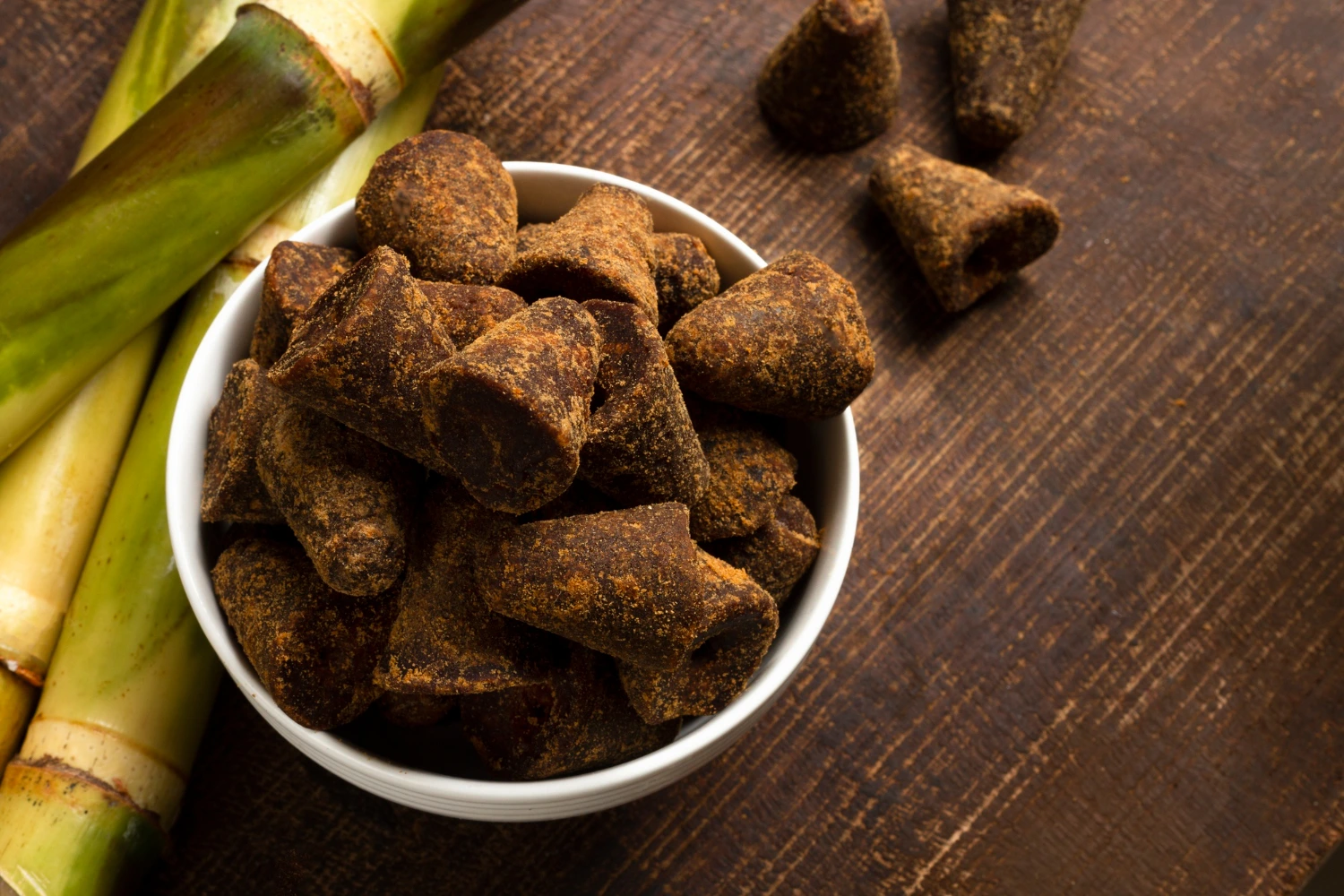 Jaggery | 18.5 mg Iron per 100 g | Natural sweetener by adding it to Kheer, and Yogurt |
 Eggs | 2.5mg Iron per 100g | Boiled, Vegetable, Curry and Soup |
So, It is clear from the above table all these items provide us with plenty of iron as well as tasty food.
Frequently Asked Questions
Conclusion
Including foods high in iron in your regular meals is an easy yet powerful strategy to raise hemoglobin levels naturally. You may improve your blood health and general well-being by eating a balanced diet that includes spinach, Kidney beans, and Chopped Liver. So let’s change to a diet that is more hemoglobin-friendly and go toward a life that is healthier and more energetic.
Your well-being is our priority, and Raja Hospital is here to support you on your path to a healthier and more vibrant life. Reach out to us for personalized guidance or to schedule a consultation. Remember, your health matters, and together, we can make a positive change. Start nourishing your body with the right foods and let’s build a healthier tomorrow, one iron-rich bite at a time!
